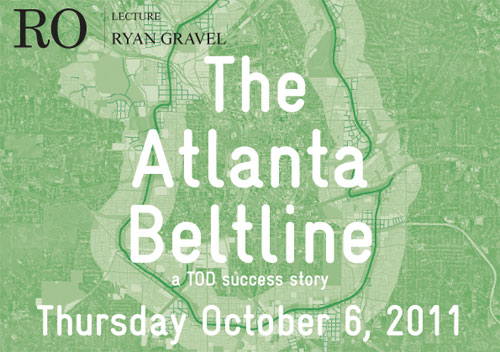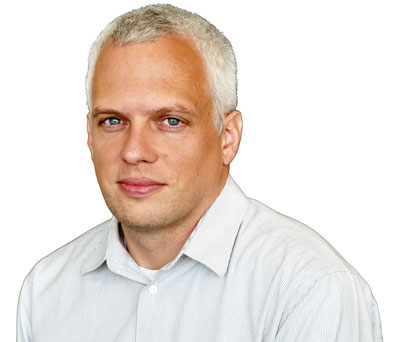
For years now the Rotterdam Central Station area is under construction. First, during demolishing of the old post-war style entrance and underground construction works for the metro link, the process was not very visible. Now things are moving fast. Not only is the main terminal approaching it’s final shape and extent above ground, there has also been very efficient communication with users and residents about the project: billboards with rendered images have been put up, interactive panorama images and time lapse films of the construction process have been published on-line, and guided tours are being organized on the site.

The new Rotterdam CS will be a multi modal transit terminal, connecting high speed and intercity rail to local light rail, trams, buses and metro lines. Today, the station receives 110.000 passengers. With the new rail connections and growing mobility in the region, the amount of passengers in 2025 is estimated at 323.000 per day. In the 1990’s, the project was commissioned to British architect Will Alsop. His design, soon associated with ‘ champagne glasses’, turned out to be politically and economically unfeasible and was abandoned. After this attempt, Dutch architects Benthem & Crouwel were invited for the assignment. Their office is responsible for 4 other large railway stations in the Netherlands: Amsterdam CS, Utrecht CS, The Hague CS and Schiphol Plaza (Amsterdam airport). Alsop, by the way, still got the opportunity to develop a colorful building just in front of the station. In 2008, the old Rotterdam CS was demolished, soon the old bicycle and pedestrian tunnel will be demolished too. In 2013 the new terminal will be inaugurated, and in 2014 also the adjacent Kruisplein underground parking garage and square. The new canopy over the platforms will have a glass roof with embedded photovoltaic cells. The main concourse has an incredibly large span and reaches almost until the Weena avenue. A new passageway underneath the tracks is being built of almost 50m wide, including shops on both sides.
Old and new station entrance (under construction)


Construction of the Calypso building, by Alsop

Old and new platform canopy (left), and the temporary station building (right)

Interactive panorama, click to switch between various points in time

Time lapse movie of demolishing and building part of the station
Visit Rotterdam CS in Google Maps






